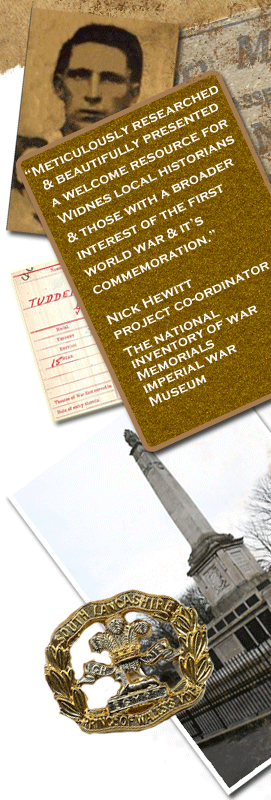
The generally accepted explanation of the name Widnes comes from the geographical nature of the town jutting out into the River Mersey. The name comes from the Danish words Ved meaning wide and Noese meaning Nose
Over the years Widnes has been spelt as Wydness, Vidnes & Wydnes.
The only real evidence of any human occupation Widnes was a flint arrowhead that was discovered at Pex Hill. This suggests that there was some human presence in the Stone Age.
The next significant stage in the towns history came in the 9th Century. The Vikings invaded the country and Widnes was situated on the extreme south of the Danelaw. The River Mersey provided a natural boundry between the two kingdoms of Mercia and Danelaw.
Following the defeat of Harold at Hastings, William the Conqueror granted the Earldom of Lancaster to Roger de Poictou. Poictou then granted the barony of Widnes to Yorfrid. Yorfrid had no sons and his elder daughter married William FitzNigel, the second Baron of Halton.
A Norman church was built in Farnworth. It is believed that the church was constructed around 1180. In 1507 a grammar school was established in Farnworth with an endowment from Bishop William Smyth.
During the 19th Century Widnes consisted of scattered hamlets including Farnworth, Appleton, Ditton, Upton and Woodend. Nearby were the villages of Cronton and Cuerdley.
In the 1750s the Sankey Canal was constructed.
John Hutchinson built his first factory in 1847 on land between the Sankey Canal and the railway making alkali by the Leblanc process.
Further chemical factories were soon built nearby by entrepreneurs including John McClelland, William Gossage, Frederic Muspratt. These factories produced soap, borax, soda ash, salt cake and bleaching powder.
Due to the chemical industry the town became heavily polluted with smoke and the by-products of the chemical processes. In 1888 the town was described as
The dirtiest, ugliest and most depressing town in England.
and in 1905 as a
poisonous hell-town.
This is a very brief background history to the Town, for a more detailed history please click here to view the Wikipedia article on the Town.


